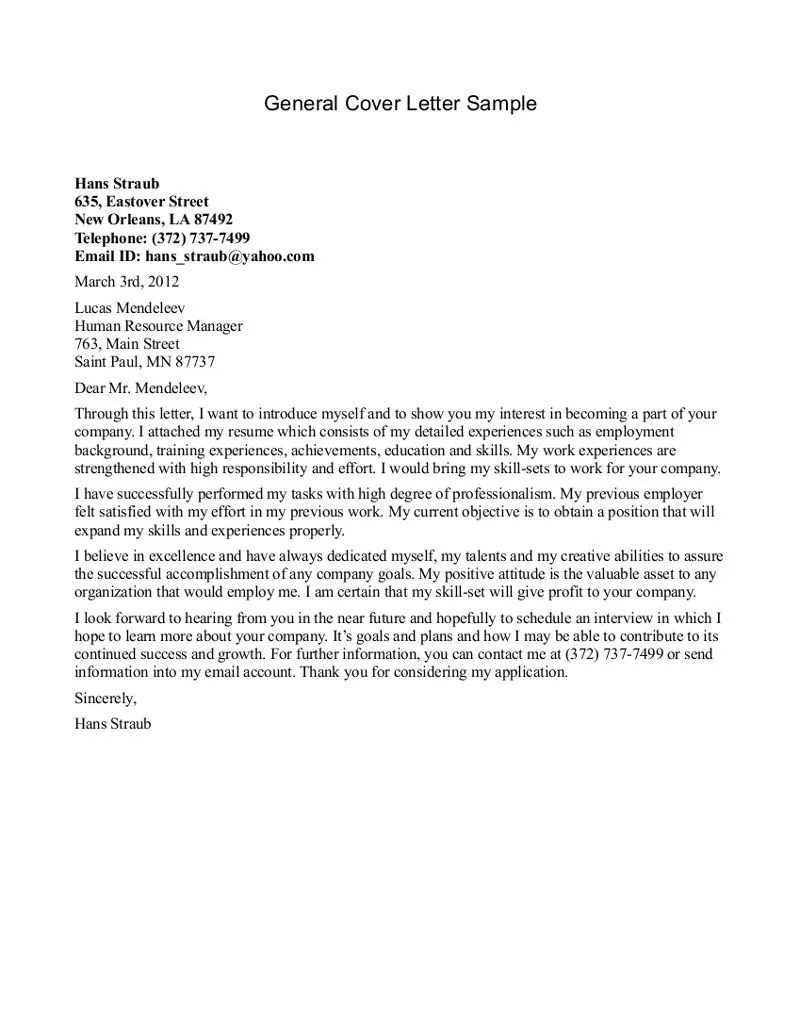Cover Letter Example Top 5 Tips!
Crafting a compelling cover letter is a crucial step in any job application process. It’s your first chance to make a positive impression on a potential employer and showcase why you’re the ideal candidate. A well-written cover letter complements your resume, providing context, personality, and demonstrating your genuine interest in the role and the company. But how do you ensure your cover letter stands out? Let’s dive into the top five tips to help you create a cover letter that grabs attention and increases your chances of landing an interview. Follow these tips, and you’ll be well on your way to cover letter success and your dream job.
Tailor Your Cover Letter
Generic cover letters are easily spotted and often discarded. Instead, personalize each cover letter to the specific job and company you’re applying to. This shows you’ve taken the time to understand their needs and are genuinely interested in the opportunity. Tailoring your letter involves more than just changing the company name; it means addressing the specific requirements mentioned in the job description and highlighting how your skills and experience align with those needs.
Research the Company
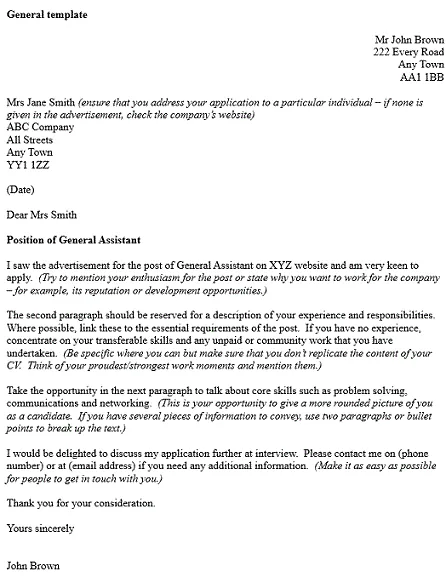
Before you start writing, research the company’s mission, values, and recent projects. Mentioning these details in your cover letter demonstrates that you’re informed and that you understand their goals. This shows that you’ve taken the initiative to learn about the organization, and that you’re not just sending out a mass application. Understanding the company helps you tailor your letter more effectively and allows you to connect your skills and experience to their specific needs. A little research goes a long way, making your application more relevant and appealing. (Image: research-company.webp)
Highlight Relevant Skills
Carefully review the job description and identify the key skills and qualifications the employer is seeking. Then, highlight your relevant skills and experiences, using specific examples to illustrate how you’ve demonstrated those skills in the past. Use keywords from the job description to help your cover letter pass through Applicant Tracking Systems (ATS). Don’t just list your skills; provide context and explain how you applied them to achieve positive results. This concrete evidence makes your claims more credible and compelling, making you stand out from the competition. (Image: highlight-skills.webp)
Quantify Your Achievements
Whenever possible, quantify your achievements with numbers and data. Instead of saying “Improved sales,” say “Increased sales by 15% in one quarter.” This gives the hiring manager a clear understanding of your impact and the value you can bring to the company. Providing measurable results demonstrates your ability to deliver and achieve tangible outcomes. Using numbers and specific examples make your accomplishments more impactful and show that you are results-oriented. (Image: quantify-achievements.webp)
Show Enthusiasm and Passion
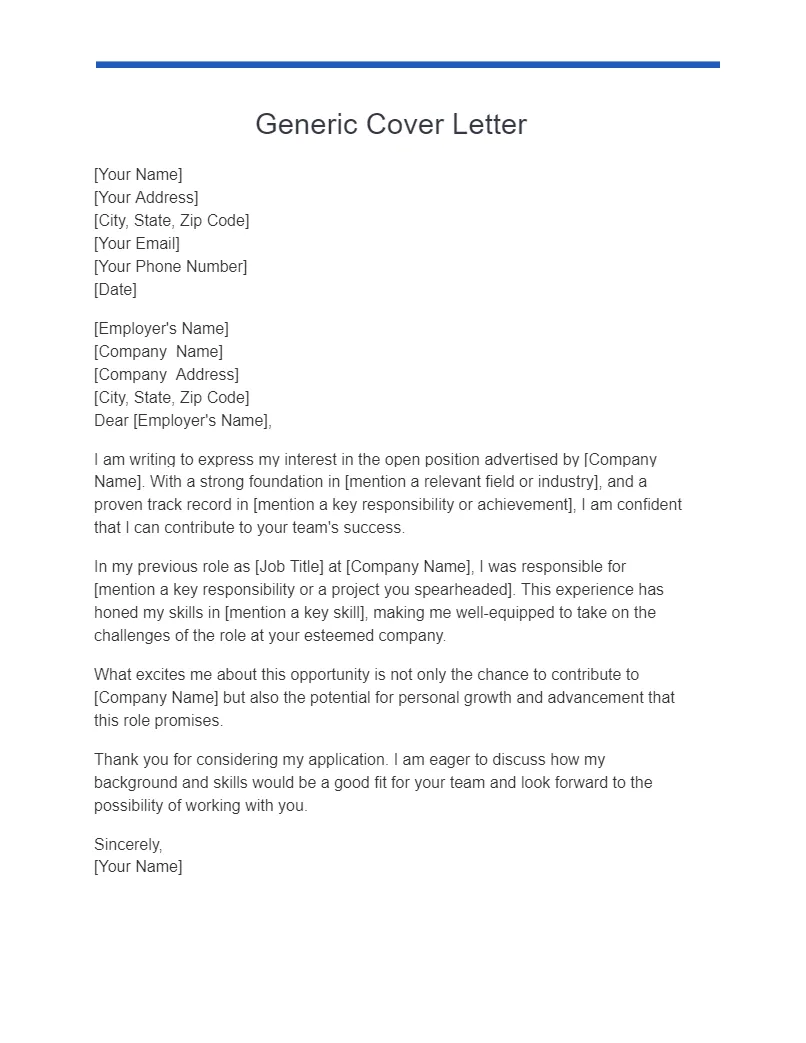
Let your enthusiasm for the position and the company shine through. Express your genuine interest in the role and explain why you’re excited about the opportunity. Showcasing your passion makes you more memorable and demonstrates that you’re not just looking for a job, but a career. This can include discussing how your personal values align with the company’s mission or how excited you are to contribute to their future successes. Your enthusiasm can set you apart from other candidates and leave a lasting positive impression. (Image: show-enthusiasm.webp)
Proofread Meticulously
Typos and grammatical errors can undermine your credibility and make you appear unprofessional. Before submitting your cover letter, carefully proofread it for any errors in grammar, spelling, and punctuation. It’s also a good idea to have a friend or colleague review your letter to catch any mistakes you might have missed. A polished, error-free cover letter demonstrates attention to detail and professionalism, which are essential qualities for any job. (Image: proofread-cover-letter.webp)
Cover Letter Structure
A well-structured cover letter is easy to read and navigate. Following a standard format helps you present your information in a clear and organized manner. This section provides a clear guide. Ensure you include all necessary elements for a compelling application. This framework enhances readability and increases the impact of your message, making it easier for the hiring manager to understand your qualifications and your suitability for the position.
Header Section
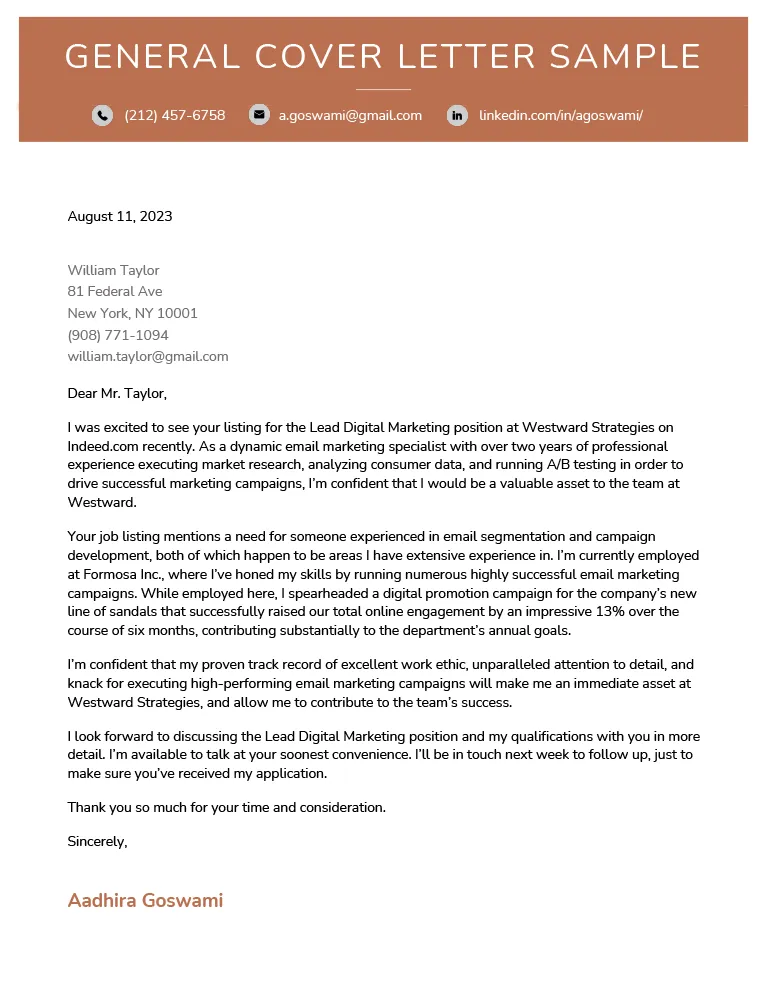
Start with your contact information (name, phone number, email, and LinkedIn profile if you have one) at the top. Then, include the date and the hiring manager’s name and address. If you don’t know the hiring manager’s name, you can use “Dear Hiring Manager” or try to find their name online. (Image: cover-letter-header.webp)
Greeting and Introduction
Use a professional greeting, such as “Dear Mr./Ms. [Last Name].” In the introduction, state the position you’re applying for and how you found the job posting. Briefly mention why you’re interested in the role and what makes you a good fit.
Body Paragraphs
The body of your cover letter is where you highlight your skills, experience, and achievements. Use two to three paragraphs to elaborate on your qualifications and explain why you’re the best candidate. Tailor each paragraph to address specific requirements mentioned in the job description. Providing specific examples of your accomplishments and how you added value to previous roles, makes a great impact and shows a hiring manager how you would fit into their company. Consider this the main substance of your application, showcasing your skills.
Call to Action and Closing
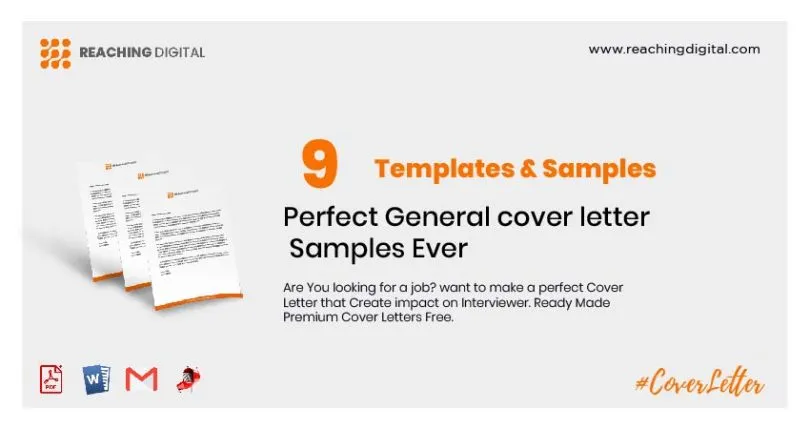
End your cover letter with a call to action. Express your interest in an interview and thank the hiring manager for their time and consideration. Use a professional closing, such as “Sincerely” or “Best regards,” followed by your name.
Formatting Essentials
The formatting of your cover letter is just as important as the content. A well-formatted letter is easy to read and makes a positive impression. This section focuses on formatting details that help your cover letter be visually appealing and professional. Correct formatting increases the chances of being read and understood. Attention to detail in formatting demonstrates professionalism and improves readability.
Font Choice and Size
Choose a professional and easy-to-read font, such as Times New Roman, Arial, or Calibri. Use a font size of 11 or 12 points. Avoid using fancy or overly decorative fonts, which can be distracting. A simple, clean font ensures your cover letter is easy on the eyes and allows the hiring manager to focus on your content. (Image: cover-letter-format.webp)
Margins and Spacing
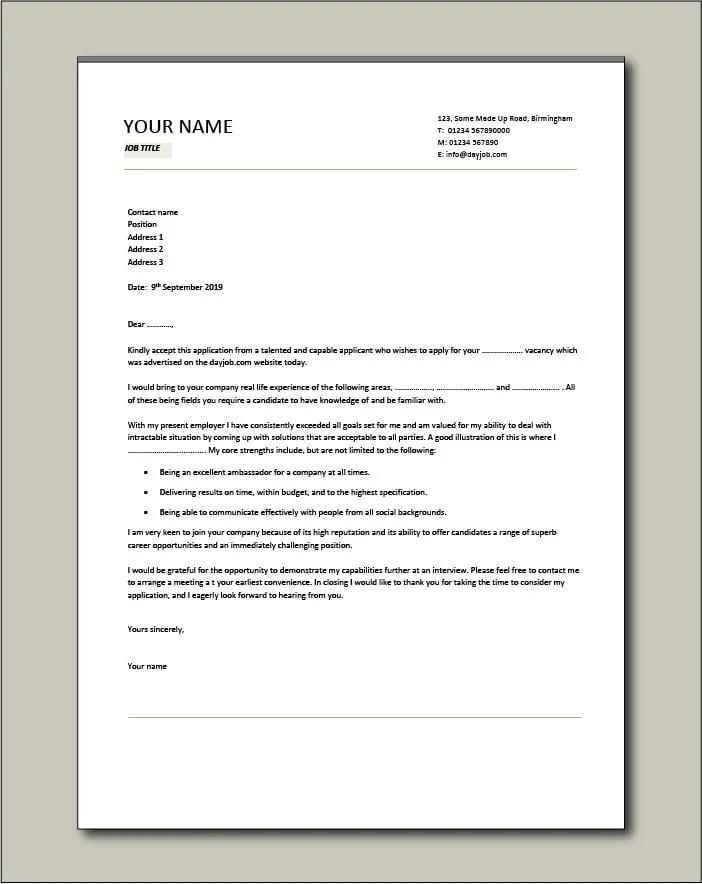
Set your margins to 1 inch on all sides. Use single spacing for the body of your cover letter and double spacing between paragraphs. This creates enough white space to make your letter easy to read and visually appealing.
File Format and Name
Save your cover letter as a PDF file to ensure that the formatting remains consistent across different devices. Name your file in a professional manner, such as “[Your Name] - Cover Letter - [Job Title]”.
By following these tips, you can create a cover letter that effectively showcases your skills and experiences, and helps you land your dream job. Remember to always tailor your cover letter to each specific job and company, and proofread it carefully before submitting. Good luck!
